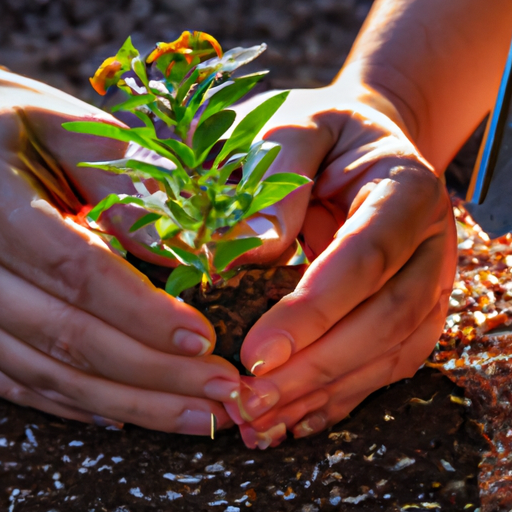Introduction
Lantana is a beautiful flowering plant that can add vibrant colors to your garden. If you’re considering planting lantana in your garden, it’s important to know the ideal time for planting to ensure its successful growth. In this gardening guide, we will discuss when you should plant lantana and provide you with some helpful tips to get started.
Understanding Lantana
Lantana, scientifically known as Lantana camara, is a perennial flowering plant native to tropical regions. It is popular among gardeners due to its attractive flowers that come in a variety of colors, including yellow, orange, pink, and purple. Lantana is also known for its ability to attract butterflies, making it a great addition to butterfly gardens.
When to Plant Lantana
The ideal time to plant lantana depends on your location and climate. Generally, lantana is a warm-season plant that thrives in temperatures above 60°F (15°C). It is best to plant lantana after the danger of frost has passed and the soil has warmed up.
In most regions, late spring or early summer is the perfect time to plant lantana. This allows the plant to establish its root system before the hot summer months. However, if you live in a region with mild winters, you can also plant lantana in the fall.
Choosing the Right Location
Lantana prefers full sun exposure, so it’s important to choose a location in your garden that receives at least 6-8 hours of direct sunlight per day. The soil should be well-draining to prevent waterlogging, as lantana does not tolerate wet feet.
Before planting, prepare the soil by removing any weeds or grass and loosening it with a garden fork or tiller. Adding organic matter, such as compost or aged manure, can improve the soil’s fertility and drainage.
Planting Lantana
To plant lantana, dig a hole that is slightly larger than the plant’s root ball. Gently remove the plant from its container and place it in the hole, ensuring that the top of the root ball is level with the soil surface. Backfill the hole with soil, firming it gently around the plant.
After planting, water the lantana thoroughly to settle the soil and encourage root establishment. Apply a layer of mulch around the plant to help retain moisture and suppress weed growth.
Caring for Lantana
Lantana is a relatively low-maintenance plant, but it still requires some care to ensure its healthy growth. Here are a few tips to keep in mind:
1. Watering: While lantana is drought-tolerant once established, it’s important to water newly planted lantana regularly until it develops a strong root system. Afterward, water deeply but infrequently, allowing the soil to dry out between waterings.
2. Fertilizing: Lantana benefits from regular fertilization during the growing season. Use a balanced, slow-release fertilizer according to the package instructions to provide essential nutrients.
3. Pruning: Lantana can become leggy if not pruned regularly. Prune the plant in early spring to remove any dead or damaged branches and promote bushier growth.
4. Pests and Diseases: Lantana is generally resistant to pests and diseases. However, keep an eye out for common garden pests like aphids or spider mites. If necessary, treat the infestation with an appropriate insecticide.
Conclusion
Knowing when to plant lantana is crucial for its successful growth in your garden. By planting lantana in the right season and providing proper care, you can enjoy its vibrant flowers and attract butterflies to your outdoor space. Remember to choose a sunny location with well-draining soil and follow the recommended watering, fertilizing, and pruning practices. Happy gardening!




